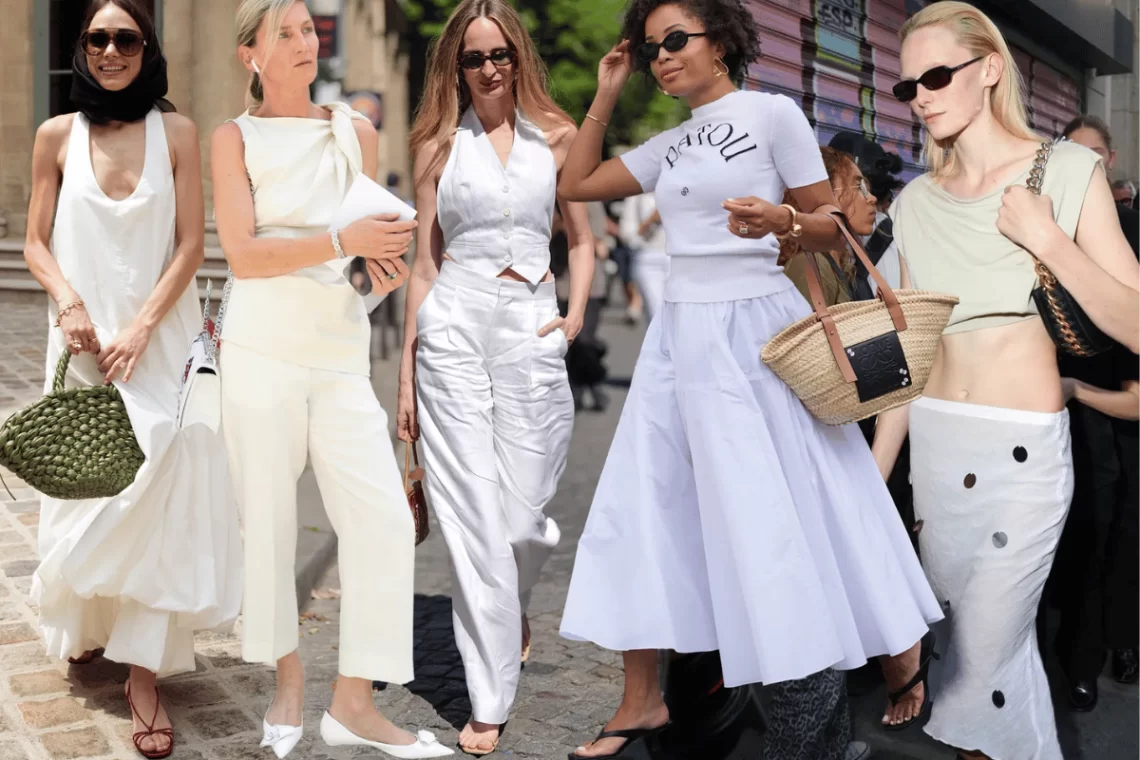
Fashion in 2025: Sustainability, Digital Trends, and the Return of Retro
Introduction
Fashion is evolving at an unprecedented pace. As we enter 2025, it’s clear that the industry is no longer just about clothes—it’s a reflection of culture, values, and identity. From the rise of sustainable practices to the digital revolution, fashion has expanded its role beyond just style to influence our environment, our online lives, and even our emotions.
Whether you’re a trendsetter or someone who prefers timeless pieces, the key to fashion in this era is adaptability. Here’s how the fashion world is shifting, and why it’s exciting to be part of it.
The Sustainable Fashion Movement
As environmental concerns continue to rise, sustainability has become the buzzword of the fashion industry. Brands are now held to higher standards of transparency, ethical sourcing, and eco-friendly materials. Fast fashion is under fire, with consumers demanding better practices and longer-lasting, high-quality products.
Sustainable fabrics such as organic cotton, recycled polyester, and plant-based leathers are more common, and many designers are opting for zero-waste patterns or upcycling vintage items to create modern designs. For fashion lovers, this shift means more meaningful purchases that don’t cost the planet.
Digital Fashion: The Rise of the Metaverse
With the increasing presence of digital spaces, fashion is no longer confined to the physical world. The rise of the metaverse has opened up new dimensions for designers and fashion lovers alike. Digital fashion is now a reality, with clothing and accessories that exist only in virtual spaces.
Brands like Balenciaga and Gucci have launched digital-only collections, allowing avatars in virtual worlds like The Sandbox or Decentraland to wear exclusive, high-fashion pieces. This is not just a novelty; it’s the future of fashion, where people express their identity online just as much as in the physical world.
The Return of Retro: Nostalgia Reigns Supreme
It’s official—nostalgia is a major driving force in fashion right now. From ’90s tracksuits to early 2000s Y2K fashion, retro styles are making a big comeback in 2025. Designers are reinterpreting old trends, infusing them with modern twists to appeal to younger generations while also resonating with those who lived through the originals.
Vintage shopping has become an art, with platforms like Depop and Poshmark offering pre-loved treasures to the eco-conscious shopper. There’s a growing appreciation for unique, one-of-a-kind items that not only hold history but also add authenticity to any wardrobe.
Gender Fluidity and Inclusive Fashion
Fashion is becoming more inclusive than ever before, with gender fluidity taking center stage. Designers are moving away from traditional gender norms and creating collections that are free from strict labels. Unisex pieces, gender-neutral clothing, and size inclusivity are all part of the movement toward a more inclusive industry.
Brands like Telfar, Prada, and Loewe are leading the way, embracing diversity and creating collections that appeal to all people, regardless of gender. Fashion is increasingly about self-expression, breaking down barriers, and letting everyone dress in a way that feels true to them.
Personalized Fashion: Tech Meets Tailoring
Personalization has become a key trend in the fashion world. Technology is playing a huge role in creating bespoke experiences, whether it’s virtual fitting rooms, AI-assisted styling, or made-to-measure clothing. With tools like 3D body scanners and virtual styling assistants, brands are offering a new level of customization for consumers.
As technology advances, the ability to tailor clothing to your exact measurements and personal style preferences is becoming more accessible. This means more flattering fits, better comfort, and the perfect match for individual tastes.
Conclusion
Fashion in 2025 is about more than just following trends; it’s about sustainability, inclusivity, and embracing technology. From digital clothing to sustainable choices, the industry is transforming, and we, as consumers, have more power than ever to shape it.
As we look ahead, the future of fashion will be defined by creativity, innovation, and conscious choices. It’s not just about what we wear—it’s about how we wear it and why.
You May Also Like

Long-Distance, Real Love: How Tech Is Making Relationships Work Across Time Zones
2025-04-30
Fashion Meets Tech: How Wearable Technology Is Changing the Way We Dress
2025-05-06

